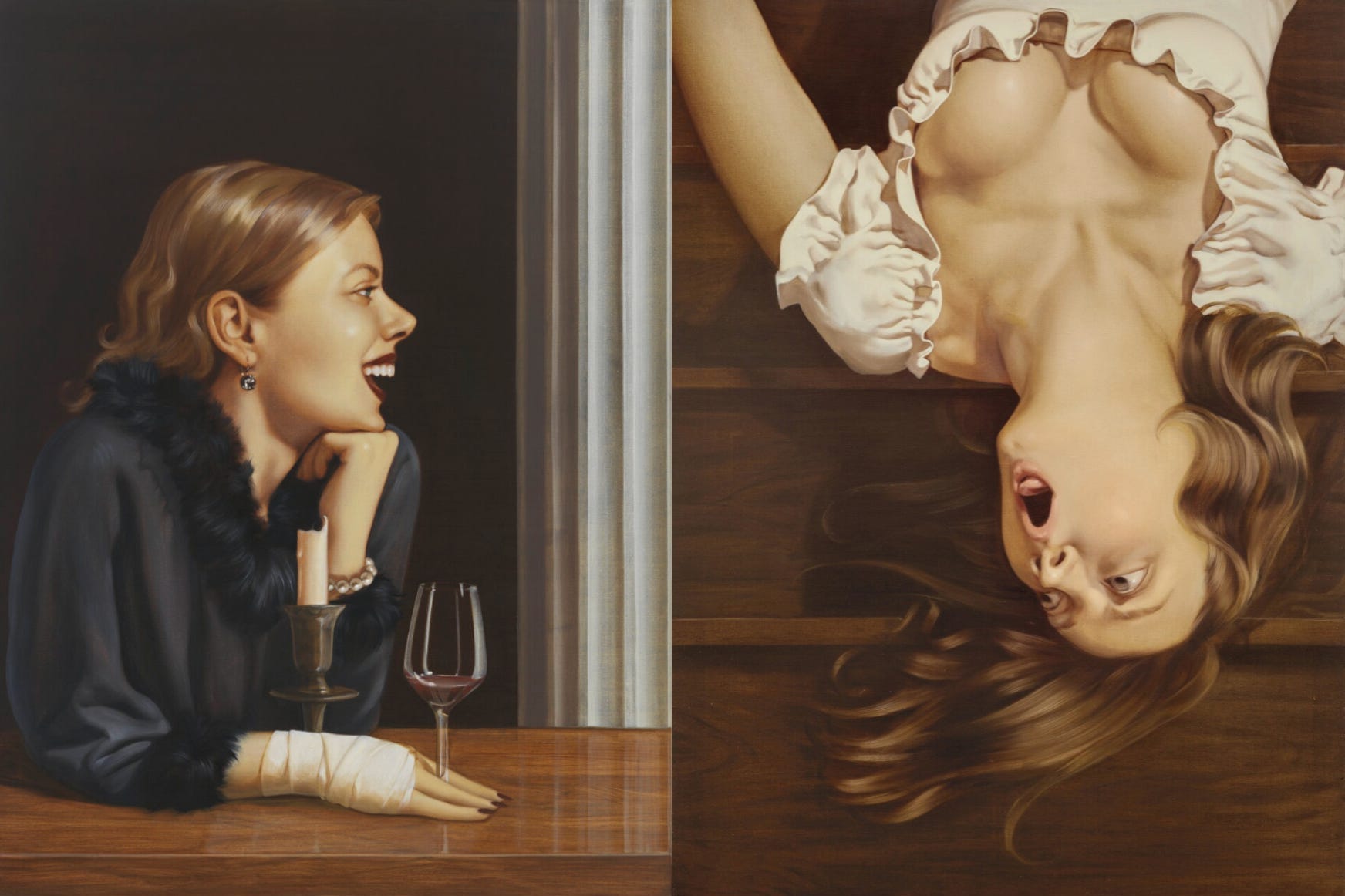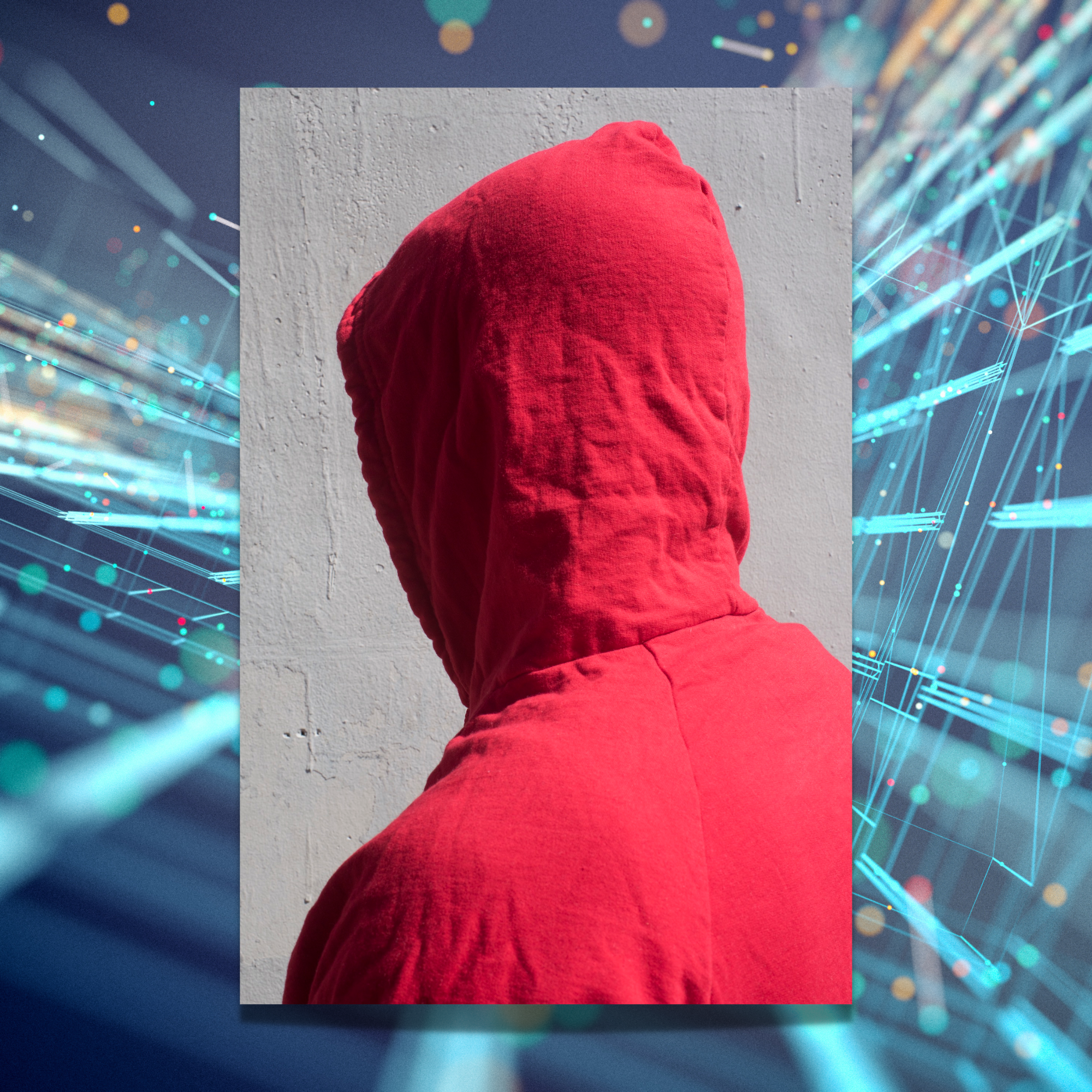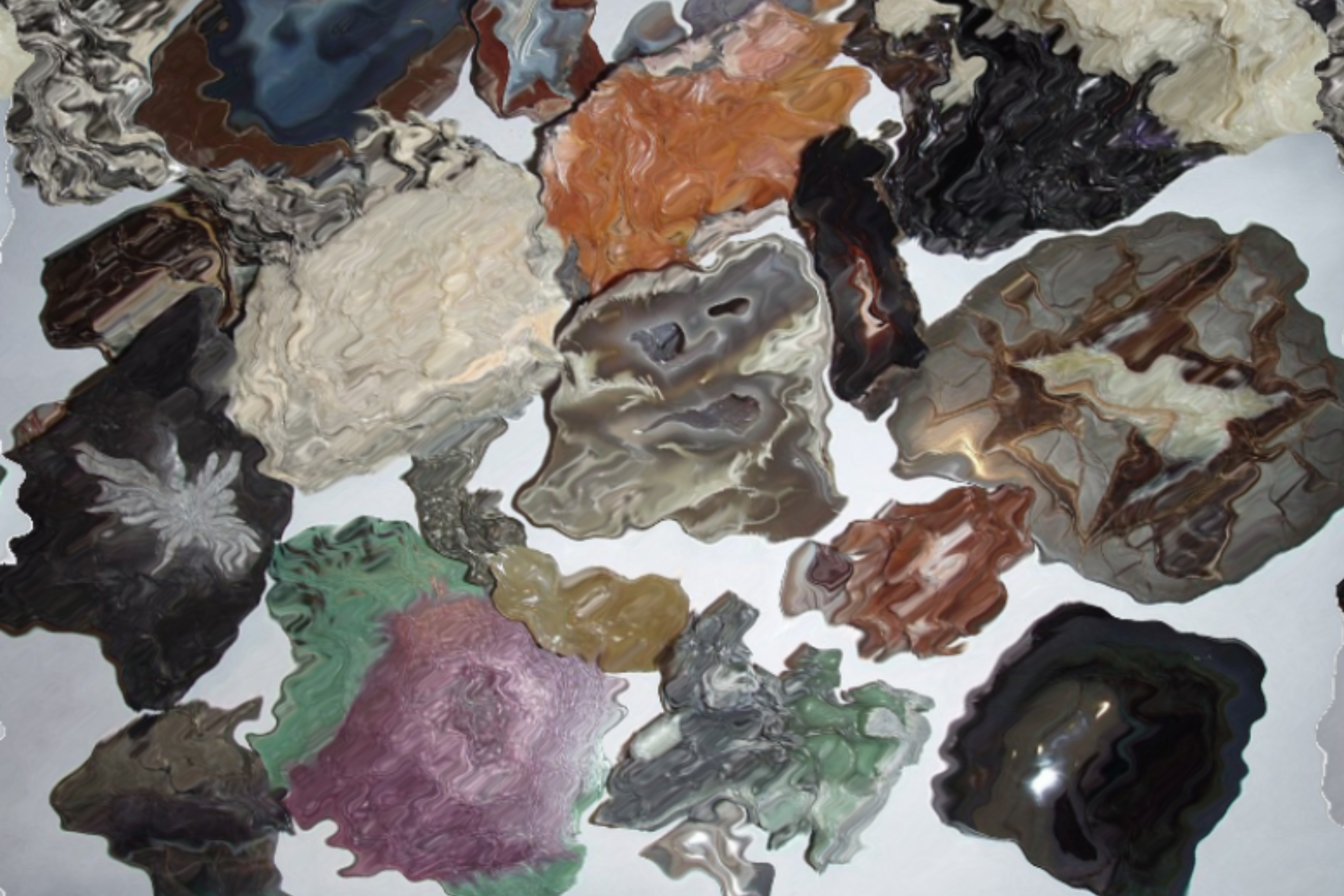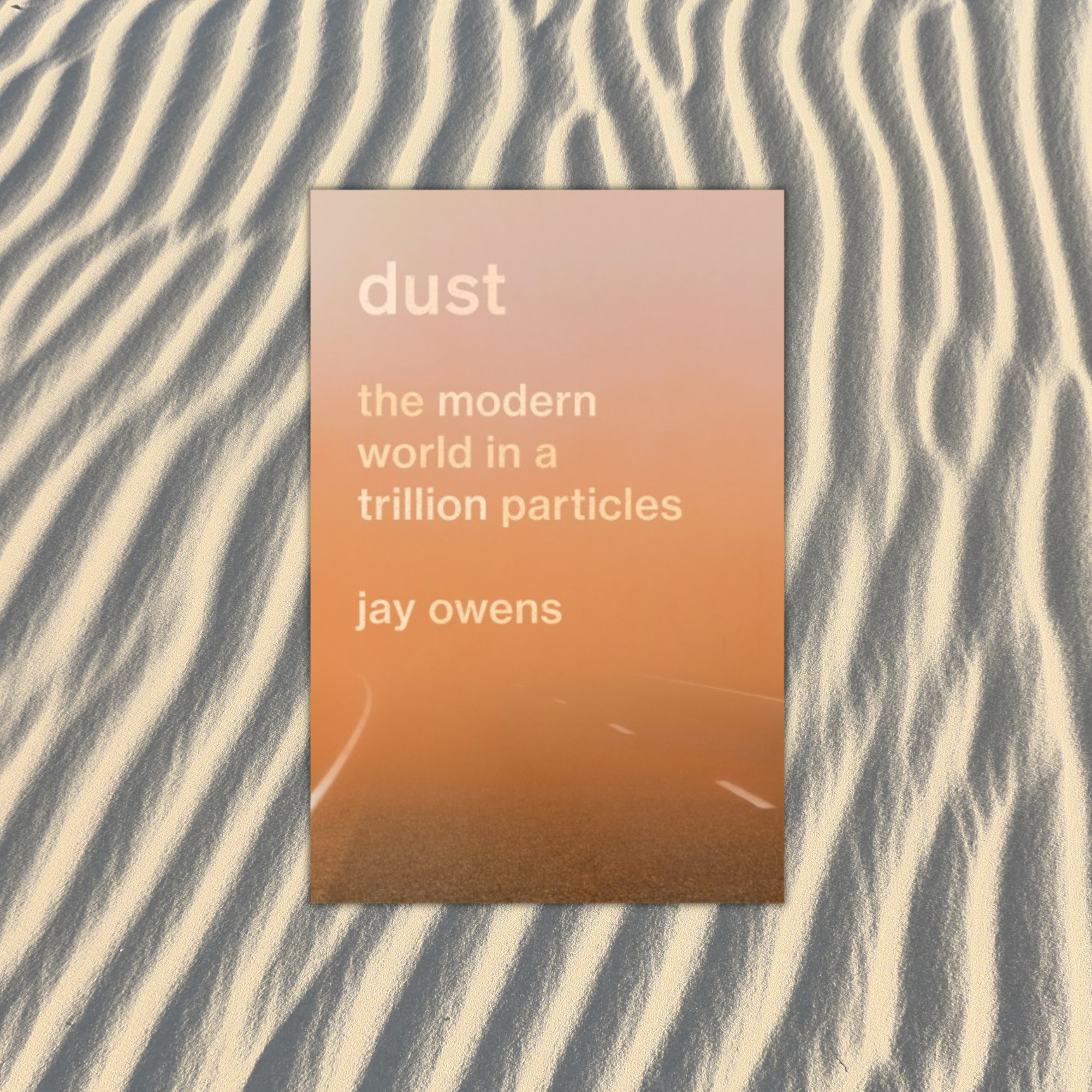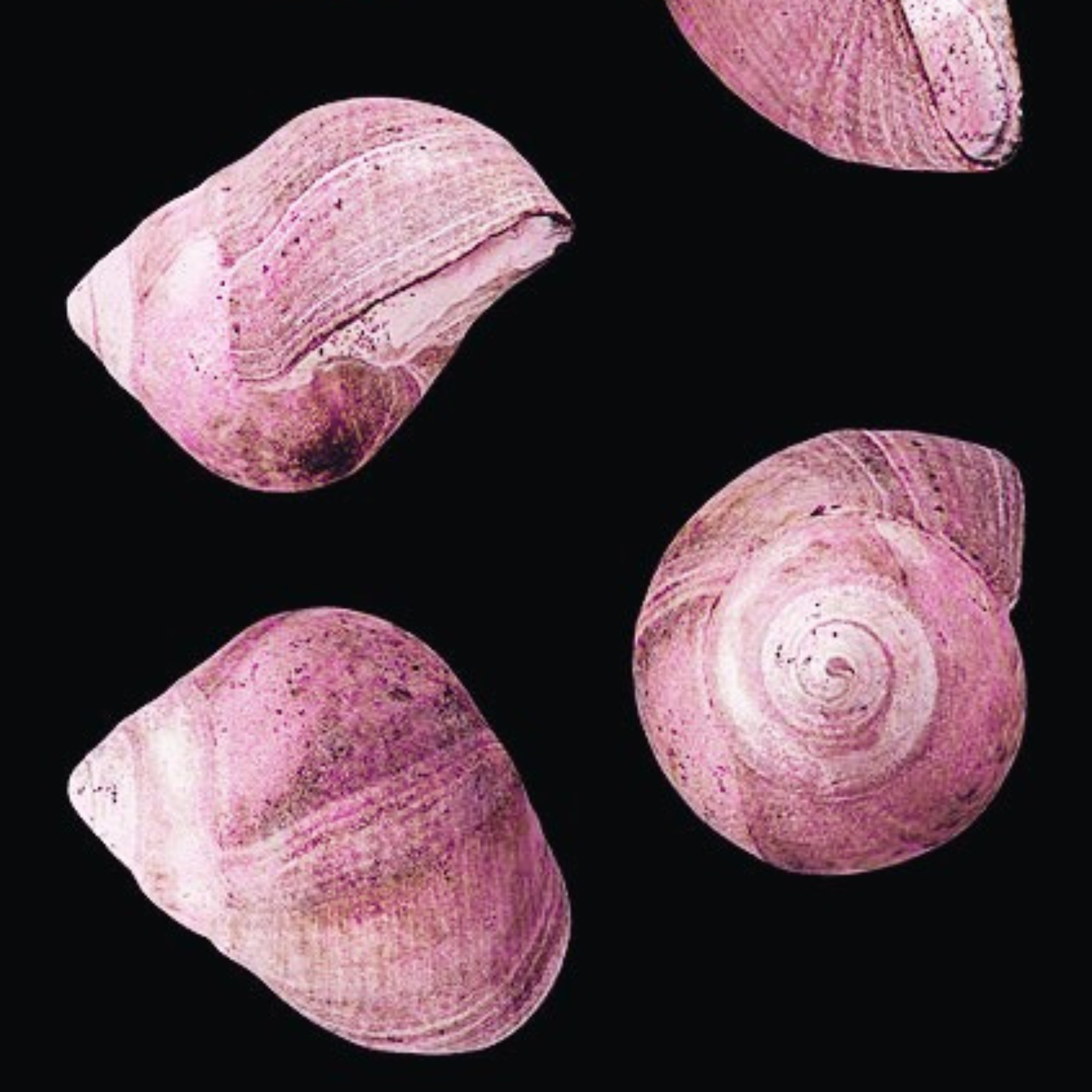- Magazine Dirt
- Posts
- Aurora
Aurora
Insisting on abstraction.

Daisy Alioto on Andrew Wyeth and the aurora borealis.
Listen.
My husband tells me. The door of our new apartment meows. The front door is a lower meow and the inside door a higher pitched one, as he is demonstrating. At night, the facade of the building across the street flashes with different colors: red, green, dark blue, yellow, light blue, purple, and then again in the same order.
I wasn’t looking for a new apartment when I found it. When I called the realtor it had been listed for 30 days. “How many people have called about this apartment,” I asked. Hundreds, he said, but only a few of them were ‘certified artists’. I smiled and dug up my old certificate to send to him. It’s dated November 16th, 2017 with FREELANCE ART WRITER in bolded letters and the seal of the city. Through a zoning decision made decades ago, the apartment was ours if we wanted it.
At our old apartment we were sharing a set of keys. I’m not really sure what happened, one day my husband’s keys stopped working and then we were sharing. I can’t explain why we didn’t just copy them—we frequently had to work around only having one set. We devoted significant mental energy to it. I think it gave us a sense of being connected. It was a reminder of how close love is to constant inconvenience.
“At the new apartment, we’ll have two sets of keys,” I said. I still haven’t copied them yet.
It was a reminder of how close love is to constant inconvenience.

For Mother’s Day weekend this year I drove from New York to Maine. On Friday, I went to the Farnsworth Museum in Rockland with my mother and aunt to see Andrew Wyeth: Tempera Paintings, which is on display through September 8, 2024. Throughout his life, Wyeth moved between Pennsylvania and Maine. We stood in front of the 1944 painting Turkey Pond (a Maine one).
The artist N.C. Wyeth, Andrew Wyeth’s father, did not like the way Turkey Pond came together. For the older painter, there wasn’t enough action, our tour guide explained. It lacked an element of storytelling. My mother and aunt and I disagreed with N.C.. My mom pointed to the trail that the central figure in the painting is cutting through the tall grass, stalks bending in the wake behind him. I said that there could be something in his hidden hand—a dead bird, or a shotgun. “Light doesn’t really look like that,” my aunt added. She’s right, it doesn’t—and that is part of the story too. The flat, white epaulet of sun reflecting off the figure’s left shoulder is matched by the strip of white down the center of the body of water he’s moving toward.
These effects are possible, in part, because of the tempera—a mixture of pigment, egg yolk and water—that must be applied repeatedly to get the translucence you see in Wyeth’s work and in the work of Renaissance predecessors like Michelangelo. It was not a popular technique in Wyeth’s time. He also looked to the work of Old Masters like Rembrandt, who did not use tempera but an impasto technique that was known for its reflectiveness. “There’s a motion in Rembrandt—his people turning toward the light. But it’s a frozen motion; time is holding its breath for an instant—and for eternity,” Wyeth told LIFE magazine in May 1965.
These effects are possible, in part because of the tempera—a mixture of pigment, egg yolk and water—that must be applied repeatedly to get the translucence you see in Wyeth’s work.
We moved to the next wall. In Adrift, a 1982 painting, a man lies with his eyes closed in a white rowboat. The oars are nowhere to be seen. His white beard is coarse and run through with rust, his hands crossed over his torso. In her poem Travelers, Ursula K. Le Guin describes an oarless boat like the one in Adrift: “We came from the far side of the river / of starlight and will cross back over / in a little boat / no bigger than two cupped hands.”
Then, another of Wyeth’s boats. In Off shore (1967), two figures face away from the viewer, a third striking a Washingtonian pose in the bow, his hip waders gaping comfortably around his thighs. “It’s interesting that it’s called Off shore, because those are clam baskets,” said either my mother or my aunt. “I was just thinking that,” said the other. They are not sisters; they are sisters-in-law through two marriages that no longer exist. I could have looked at the painting all day and not noticed that.
In Travels with Charley: In Search of America, John Steinbeck’s 1962 road book about crossing the United States with his dog, he begins in Maine—spilling significant ink about Deer Isle, a small town on an island of the same name. “One thing I remember very clearly. It might have been caused by the season with a quality of light, or the autumn clarity. Everything stood out separate from everything else, a rock, a rounded lump of sea-polished driftwood on a beach, a roof line,” he writes.
It’s an appeal that even children understand, our guide told us. When you ask them why so many painters come to Maine they say, “the light.”
The Wyeth paintings brought up another memory for me.
It was August 2009. I was on a pre-orientation trip to a science station in New Brunswick, Canada with members of my college class. We were looking at tide pools together in the 11am sun—coins spread across a bed. Suddenly, I saw a man lying face down on the adjacent beach. I believed that he was dead but my brain immediately second guessed itself so I said nothing. I know now that this is a normal reaction, but the few seconds it took for the rest of the group to register the body felt like an eternity.
The head of the science station asked who the fastest runner was. He told them to run back to the house and tell the caretaker to radio the coast guard. That is how I remember it.
Run.

There was a long hair varnished to the floor of the Farnsworth art museum. Unlike the clam baskets, that is the type of thing I notice. Perhaps, because it is unwanted.
“Some horrible thing—violence—always hits you in nature,” Wyeth told LIFE. He described the process of painting River Cove, a tempera scene of shallow water, the sand dotted with the same sharp objects that are visible under the scrim of the waves—every razor’s edge set off with shadow, a dark curtain of conifer trees reflected in the river’s bend.
“I lay for hours watching the tide creep like little fingers up over the shells dried in the sun,” Wyeth said, “And I thought of a friend of mine drowned years ago down river and found half eaten by crabs. Nature is just not lyrical and nice.”
One summer, two of my cats died under mysterious circumstances. One drowned in our pool, having previously never gone anywhere near it, and the other disappeared shortly after. We had adopted them together nearly twenty years ago so we thought the second death must have been grief or old age or a coyote. I remember them as indoor cats but I guess they went out sometimes.
Months passed and a few of the neighborhood boys told me they found my cat’s skeleton. I said I didn’t believe them and they led me into the woods to a bright green sand pail filled with white bones and a small, feline skull. That’s when I learned that when someone says they can show you a dead thing you should always believe them.
That’s when I learned that when someone says they can show you a dead thing you should always believe them.
Andrew Wyeth perceived a Halloween quality in his own work—the desire to be both exhibitionist and voyeur. He wished he could climb inside his dog, Rattler, and observe the landscape through his eyes. “For me, the paintings have that eerie feeling of goblins and witches out riding on broomsticks—damp rotting leaves and moisture—smell of make-up—as a child, the smell inside of a pumpkin when a candle is lit—the feel of your face under a mask walking down a road in the moonlight,” Wyeth told LIFE. “I love all that, because then I don’t exist anymore.”
After the Farnsworth Museum, we drove back to separate houses—my mother to her house in central Maine and me to my grandmother’s old home along Casco Bay. My mom called me at 10pm when I was already in bed and I immediately picked up, worried something was wrong.
Look.
She said, “Go outside, you can see the Northern Lights,” adding that it was easier to see the colors through your phone. A geomagnetic storm was lighting up the sky around the world, and on the East Coast of the United States, as far south as Florida.
It’s true, the colors were much more vibrant through the lens of my phone, but they were still visible to the adjusted, naked eye. They left impressions of pink and green, like the splotches behind my lids after digging the heels of my hands into the soft jelly of my tired eye sockets for a beat too long. I walked down the road to the marina. All of my favorite boats were there—IMAGINE, SCREECH, SNOWBIRD, SENTOSA—their familiar crustacean stink made even more majestic by what was happening in the sky above their decks. It was the most beautiful thing I have ever seen.
In Travels with Charley, John Steinbeck writes about witnessing the Northern Lights on the Maine leg of his journey: “It hung and moved with majesty in folds like an infinite traveler upstage in an infinite theater. In colors of rose and lavender and purple it moved and pulsed against the night, and the frost-sharpened stars shone through it.” I continued past the boats to the waterfront, feeling my way across the wet sand without a flashlight.
Every time I opened my iPhone camera to view the sky in technicolor I had to wait for my eyes to adjust again. I could hear giggling behind me in the parking lot of the adjacent seafood restaurant—the murmurs of a young man and woman hidden by a pickup truck. They sounded like they were having fun and I wondered what kind of silhouette I cut in my hastily thrown-on sweater and my short hair tucked under a beanie. A single red beacon shone across the harbor. I hoped that I wasn’t disturbing them.

FINE ART
|

THE NATURAL WORLD
|
|
|
|
|
